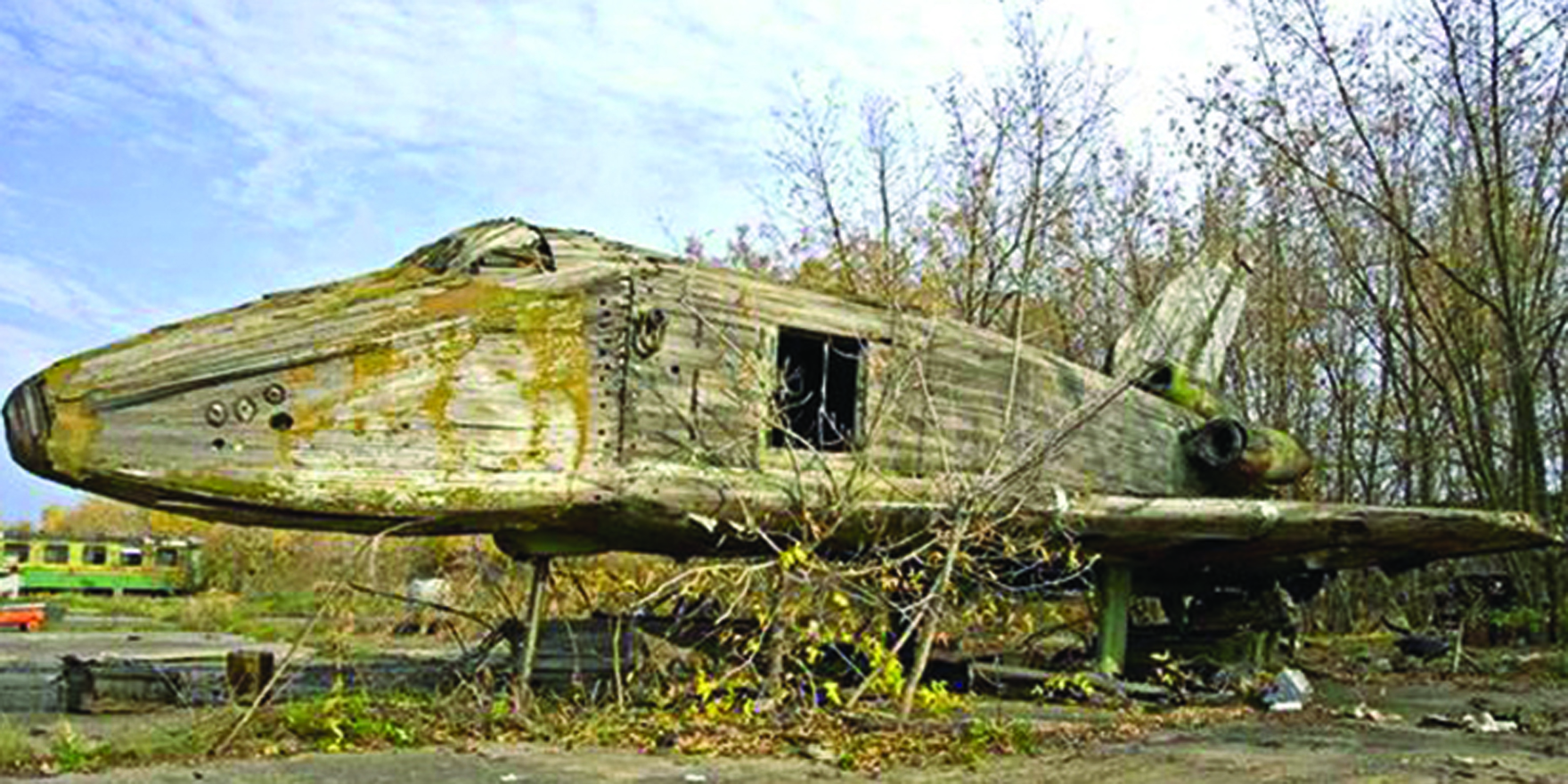The time is close when we will know if the AHDA’s grand MHR plan is going to bear fruit
The CEO of the Australian Digital Health Agency (ADHA) is putting his mouth where his project is by declaring that by year’s end not only will the My Health Record (MHR) be brimming with useful information, the record and the information in it will actually start to be quite useful to a significant proportion of the nation’s health professionals.
Speaking recently at the Health Informatics Society’s telehealth conference, Mr Kelsey estimated the agency is on track to be uploading upwards of 90% of public and private pathology reporting, pharmacy prescription dispensing reporting, MBS prescribing data, and a lower, but significant, number of GPs uploading their patient health summaries.
But like the Melanesian tribes which, when first confronted with modern civilisation, came to believe that if you build airplane runways, cargo planes will appear from the sky laden with wealth, how is the AHDA so sure that by just having all that information in the record, that will lead to it being useful for health providers? Is it, perhaps, a case of “fill it, and they will use it?”
Definitely not, Mr Kelsey told an audience of interoperability experts at the Wild Health Summit in Melbourne last week.
He said already the agency was seeing an increase in usage patterns and, extrapolating from the trials where about five million Australians have either automatically been given a record or opted out, it seemed a reasonable assumption the MHR would be well used.
When pushed to provide the audience with a firm number, Mr Kelsey said up to 50% of GPs would be regularly using the MyHR by February next year and therefore also see the system as useful.
“Regular use” was defined as a GP accessing the MyHR usefully in a patient interaction once to a few times a month.
Mr Kelsey’s logic might just work out.
When “opt out” is switched on, probably in late October this year, the number of patients with a MHR will rise to more 18 million, and if there is a pattern of uptake already, then extrapolating that makes sense.
Mr Kelsey quoted an example of the NSW Riverina town of Berrigan and its wholehearted adoption of MHR, both by its 900 residents and the town’s 10 or so health professionals.
Cynics might suggest that this is just one small town that had likely been targeted by the ADHA so the agency could use it for promotional purposes.
But then late last week, I had occasion to see my GP about a severe case of giardia I had contracted on recent trip to Fiji. With my sceptic’s hat on, I asked the receptionist if the practice had heard of the MHR at all.
“Oh, most definitely,” came the reply, which was accompanied by a large smile. “We are all looking forward to that here. Our doctors are particularly excited as some of things it will offer them for certain patients.”
Either this practice is the victim of a highly successful propaganda and training program by its local PHN, ably funded by the ADHA, or, it has prepared itself for the future.
So the time is drawing nigh when we are really going to know.
And if the outcome is good, then given the trials and tribulations faced by the ADHA, and the opposition and cynics, there might be quite a few people having to eat their words.
Can’t wait.


